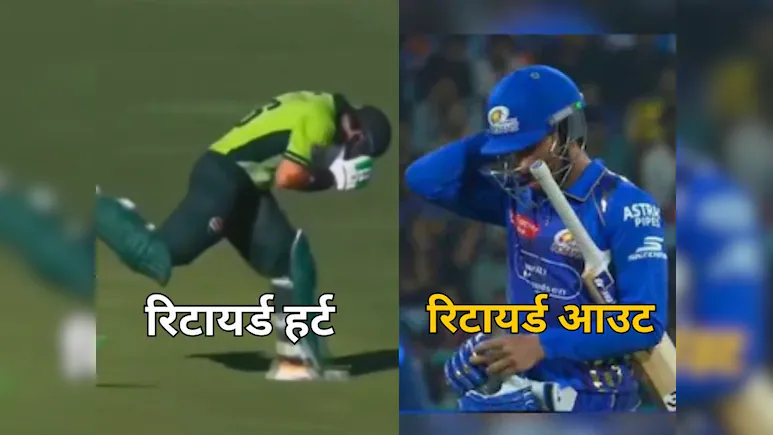
In the sport of cricket, the terms “retired hurt” and “retired out” describe two distinct scenarios when a batsman leaves the field during their innings. While both involve a batsman discontinuing their time at the crease, the reasons and implications differ significantly. This article delves into the nuances of these terms, highlighting their definitions, rules, historical instances, and strategic considerations.
Understanding “Retired Hurt”
“Retired hurt” occurs when a batsman is forced to leave the field due to injury, illness, or any unavoidable circumstance that prevents them from continuing their innings. In such cases, the batsman is not considered dismissed and has the option to resume their innings later, provided they are fit to do so and the innings has not concluded. The key aspects of being retired hurt include:
- Temporary Interruption: The batsman’s departure is not final. They can return to continue their innings once they have recovered, subject to the fall of a wicket or another batsman retiring.
- Statistical Recording: If the batsman does not return to bat, their innings is recorded as “retired not out.”
- Non-Tactical Nature: This decision is typically made out of necessity due to health concerns and is not a strategic move by the team.
For example, during a match, if a batsman is struck by a bouncer and sustains an injury that requires immediate medical attention, they may retire hurt. If they recover in time, they can return to bat later in the same innings.
Understanding “Retired Out”
“Retired out,” on the other hand, is a tactical decision where a batsman voluntarily leaves the field without any injury or illness, often to allow another player to bat. This move is considered a form of dismissal, and the batsman cannot return to the innings. The key aspects of being retired out include:
- Final Departure: Once a batsman retires out, they forfeit the right to return to the crease in that innings.
- Strategic Decision: This is often employed to accelerate the scoring rate by bringing in a more aggressive batsman or to provide other players with batting opportunities.
- Statistical Recording: The batsman’s innings is recorded as “retired out,” which counts as a dismissal in the match records.–
A notable instance of this occurred during the 2022 Indian Premier League (IPL) season. Ravichandran Ashwin, playing for Rajasthan Royals, retired out during a match against Lucknow Super Giants to allow a more aggressive batsman to take his place, aiming to increase the scoring rate in the final overs.
Key Differences Between “Retired Hurt” and “Retired Out”
The primary distinctions between these two terms are:
- Reason for Departure: Retired hurt is due to injury or illness, while retired out is a voluntary, tactical decision.
- Ability to Return: A batsman who is retired hurt may return to continue their innings if they recover, whereas a batsman who is retired out cannot return.–
- Statistical Impact: Retired hurt does not count as a dismissal, and the batsman’s score remains “not out” if they do not return. In contrast, retired out is considered a dismissal and is recorded accordingly.
- Team Strategy: Retired hurt is generally not a strategic move but a response to unforeseen circumstances. Retired out is a deliberate strategy to optimize team performance.
Historical Instances and Strategic Use
While instances of players retiring hurt are relatively common due to the physical nature of cricket, cases of retiring out are rare and often draw significant attention. Beyond Ashwin’s example in the IPL, other instances include:
- Atharva Taide (IPL 2023): Playing for Punjab Kings, Taide retired out after scoring 55 runs off 42 balls to allow a more aggressive batsman to accelerate the scoring during a crucial phase of the match.
These instances highlight the evolving strategies in modern cricket, especially in limited-overs formats, where teams are increasingly willing to use unconventional tactics to gain a competitive edge.
Implications and Considerations
The use of retired out as a tactical move raises several considerations:
- Fair Play and Spirit of the Game: While within the rules, some purists argue that retiring out for tactical reasons may contravene the traditional spirit of cricket.
- Regulatory Scrutiny: Cricket’s governing bodies may monitor such tactics to ensure they do not undermine the integrity of the game.
- Strategic Depth: Teams must weigh the potential benefits against the risks, such as disrupting a settled batsman’s rhythm or exposing less experienced players to high-pressure situations.















Leave a comment